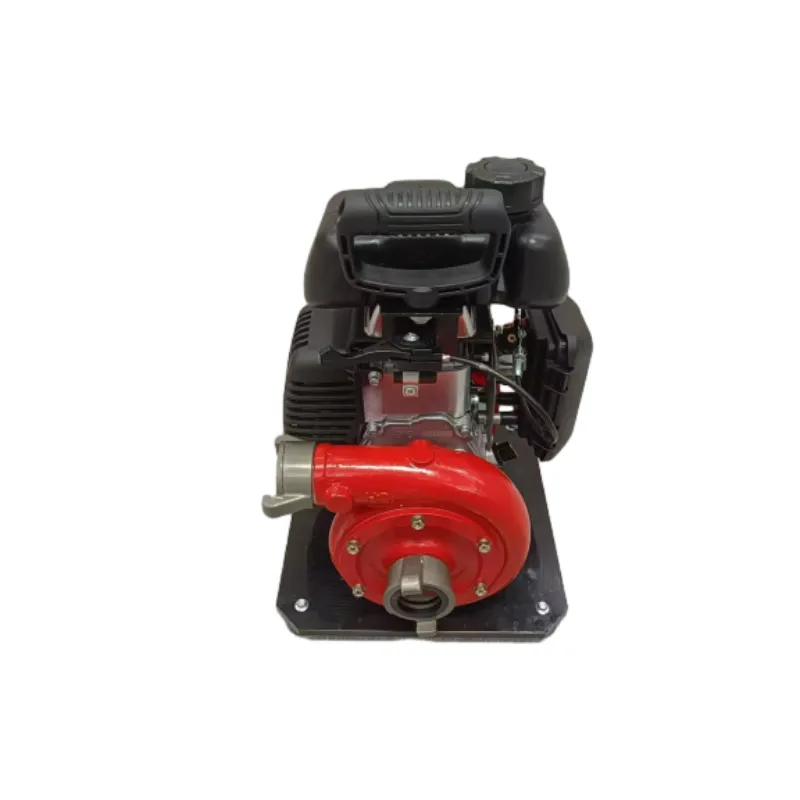

Furthermore, adherence to manufacturer guidelines and regular training of personnel ensure that those responsible for operating the fire pump are knowledgeable and capable. Training should cover both operational insights and emergency response, ensuring that no time is lost during an emergency scenario when every second is crucial. Reputable manufacturers can augment credibility with certification and by providing evidence of their products being tested to meet stringent industry standards. It's wise to invest in certified products to ensure reliability and performance during critical moments. Finally, building authorities and fire departments should work collaboratively with management teams to certify and review fire pump installations. These verified inspections ensure compliance with local regulations while supporting a framework of safety that ultimately protects lives and properties. In conclusion, fire pumps are not merely mechanical installations; they are lifelines that form the backbone of a building's firefighting infrastructure. A combination of expert selection, installation, and ongoing maintenance, supported by a robust regulatory framework assures that these systems are ready to perform their life-saving role. By focusing on these key areas, building managers can create a safety net that is both practically reliable and credibly trusted, ensuring peace of mind for all building occupants.





























